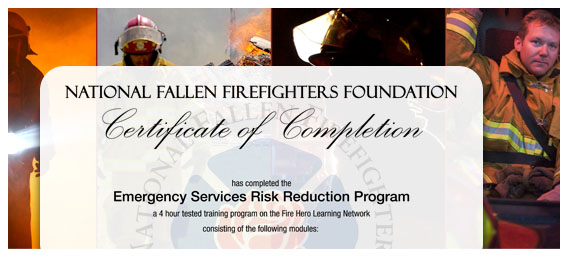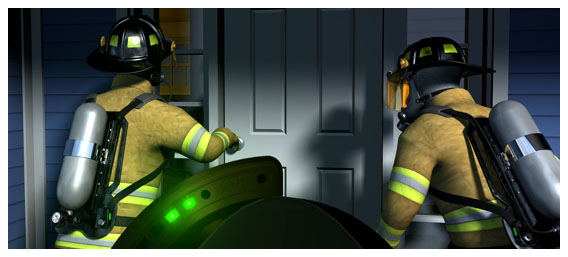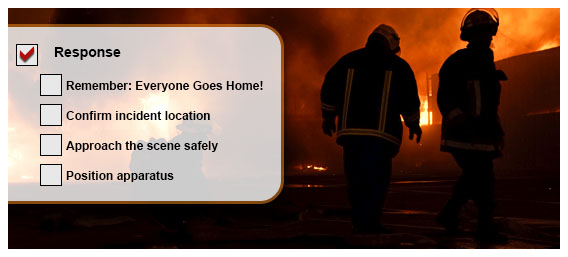Preventing Carbon Monoxide Poisoning in the Fire and Rescue Services
Credit Hours:
1
Approximate reading time:
0.5 Hours
Approximate online time:
0.5 Hours
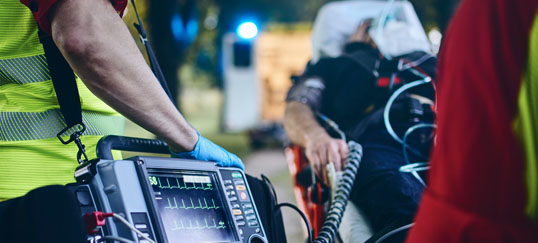
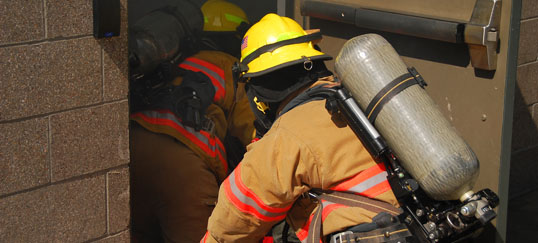
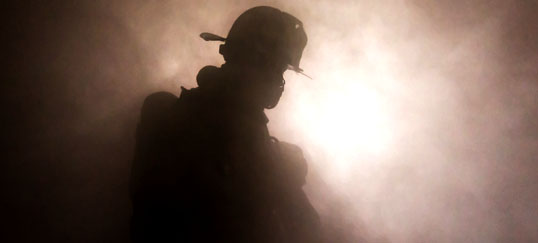
Program Abstract
Carbon monoxide (CO) is silent and deadly. You can’t see it, smell it, or taste it, but it’s everywhere firefighters are: in the fire station, at calls of every kind, and in training environments. Firefighters have been killed and injured by carbon monoxide exposure while engaged in overhaul, fire suppression, surf rescue training, wildfire operations, confined space operations, and live fire training. CO has also injured firefighters by triggering explosions. Chronic exposure to CO causes cardiovascular disease and alters cognitive function. The dangers of CO to firefighters are real, varied, and widespread — and those dangers go far beyond CO calls where you know the hazard is there. Do you know how much CO exposure you are getting? It’s much more than you think.
This program introduces fire service personnel to carbon monoxide: scientific properties, sources, detection, effects on the human body, exposures to firefighters, and exposure mitigation strategies. The module provides critical, concrete, accurate information and best practices you can use immediately to reduce your CO exposure and protect yourself and your colleagues from injury and death.






























